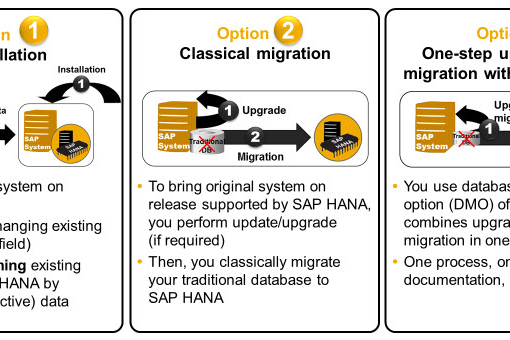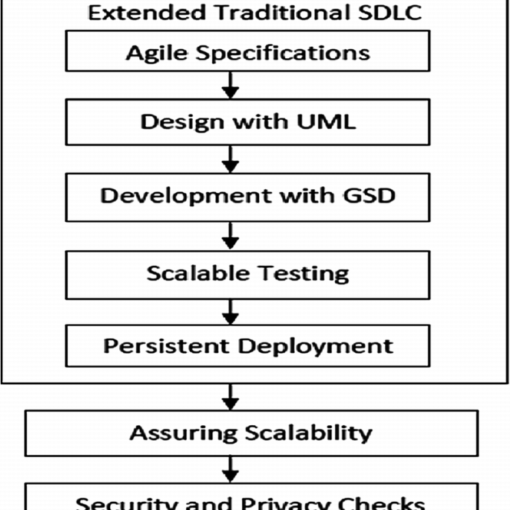The world of tech is a bustling marketplace, teeming with skilled professionals vying for attention. While technical expertise may be your passport to entry, it’s your ability to forge strong client relationships that truly guarantees a thriving career. But how do you transform from a mere technical whiz into a trusted advisor, someone clients eagerly seek out and confide in? This blog serves as your compass, guiding you through the intricate pathways of relationship building, helping you navigate the emotional currents and cultivate client loyalty that transcends transactions.

Understanding the Landscape: Unveiling the Value of Trust:
Before embarking on this journey, let’s first delve into the essence of trust:
- Trust is the bridge: It bridges the gap between technical jargon and business objectives, ensuring your expertise resonates with your client’s needs and aspirations.
- Trust is the amplifier: It amplifies the impact of your advice, transforming technical recommendations into actionable insights that drive tangible results.
- Trust is the magnet: It attracts clients back, fostering long-term partnerships built on mutual respect and unwavering support.
Laying the Foundation: Essential Pillars of Trustworthy Relationships:
Building a trust-based client relationship isn’t a fleeting endeavor; it’s a deliberate, continuous process. Here are the foundational pillars to guide your journey:
- Active Listening: Give your undivided attention, listen beyond the words to understand the emotions, concerns, and goals underlying your client’s needs.
- Empathy and Emotional Intelligence: Develop your emotional intelligence to recognize and empathize with your client’s struggles and celebrate their successes.
- Clear and Transparent Communication: Speak in a language your client understands, avoid technical jargon, and ensure transparent communication throughout the engagement.
- Honesty and Integrity: Be truthful, even when delivering difficult news. Uphold the highest ethical standards, build trust through unwavering integrity.
- Proactive Approach: Go beyond merely responding to requests; anticipate your client’s needs, be proactive in offering solutions, and consistently demonstrate your value.
- Results-Oriented Focus: Shift your focus from tasks to outcomes. Align your efforts with your client’s business goals and measure success by their achievements.
- Openness to Learning: Embrace a growth mindset, show willingness to learn from your clients and adapt your approach to their unique needs and challenges.
Beyond the Basics: Crafting Personalized Experiences:
While these core principles act as your compass, remember that each client is a unique island in your professional archipelago. Here’s how to personalize your approach:
- Understand their Industry and Business: Immerse yourself in your client’s industry, understand their business ecosystem, and tailor your solutions to their specific context.
- Identify their Communication Style: Adapt your communication style to match their preferences. Some clients may prefer detailed reports, while others may need concise summaries.
- Recognize their Decision-Making Process: Understand who holds the key to decisions and tailor your communication accordingly, ensuring all stakeholders are informed and engaged.
- Celebrate their Milestones: Take the time to acknowledge and celebrate their achievements, both big and small. This personal touch deepens the bond and strengthens your partnership.
Navigating the Rough Seas: Handling Challenges and Conflicts:
Even the smoothest sailing encounters occasional storms. Here’s how to weather challenging situations and emerge with your client relationship intact:
- Open Communication: Address concerns and conflicts upfront, communicate openly and honestly, seek to understand their perspective before presenting solutions.
- Compromise and Collaboration: Be willing to compromise, engage in collaborative problem-solving, and prioritize finding win-win solutions that benefit both parties.
- Maintaining Professionalism: Regardless of the challenge, maintain your professional composure, avoid taking things personally, and focus on finding constructive resolutions.
- Taking Responsibility: If mistakes occur, acknowledge them promptly, take responsibility, and offer sincere apologies before outlining corrective actions.
The Enduring Voyage: Cultivating Long-Term Success:
Building strong client relationships is a continuous journey, not a one-time destination. Here are some tips to nurture your partnerships and ensure long-term success:
- Stay in Touch: Maintain regular communication even when projects wind down, share relevant industry insights, and be readily available for ongoing support.
- Show Gratitude: Express your appreciation for their trust and business, send handwritten thank-you notes, and celebrate milestones together.
- Seek Feedback and Adapt: Actively seek feedback, learn from past experiences, and continuously adapt your approach to better serve your clients’ evolving needs.
The Final Port: A Lighthouse of Loyalty and Success:
By adhering to these principles, you embark on a transformative journey from technical expert to trusted advisor. You become a beacon of reliable support, a confidante whose insights are valued, and a partner who celebrates their victories alongside them. In this path lies not just professional success, but the profound satisfaction the profound satisfaction of knowing you’ve made a meaningful impact on your clients’ lives and businesses. Remember, building trust is an ongoing art, not a quick fix. Be patient, nurture the relationship, and watch it blossom into a source of mutual growth and enduring success. So, set sail on this voyage of relationship building, equip yourself with these guiding principles, and let your commitment to trust become your compass that leads you to a thriving career and lasting client loyalty.
You may be interested in:
SAP S4HANA Implementation Guide for Consultants




